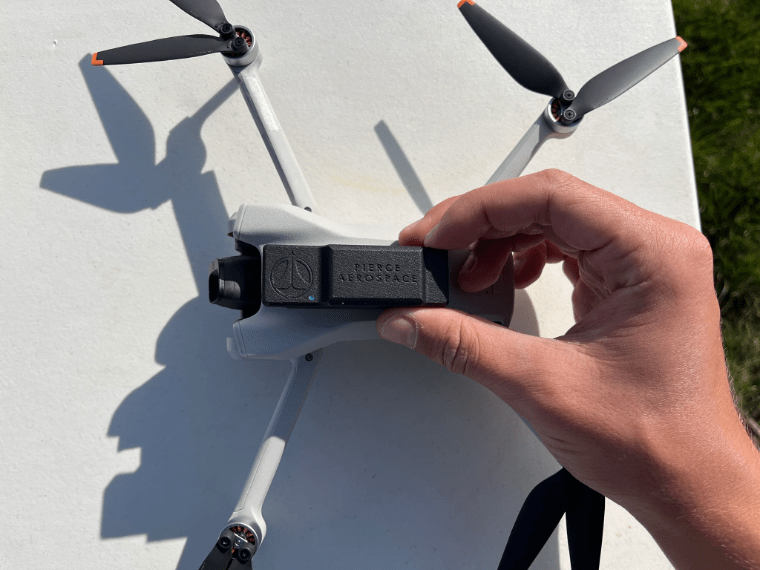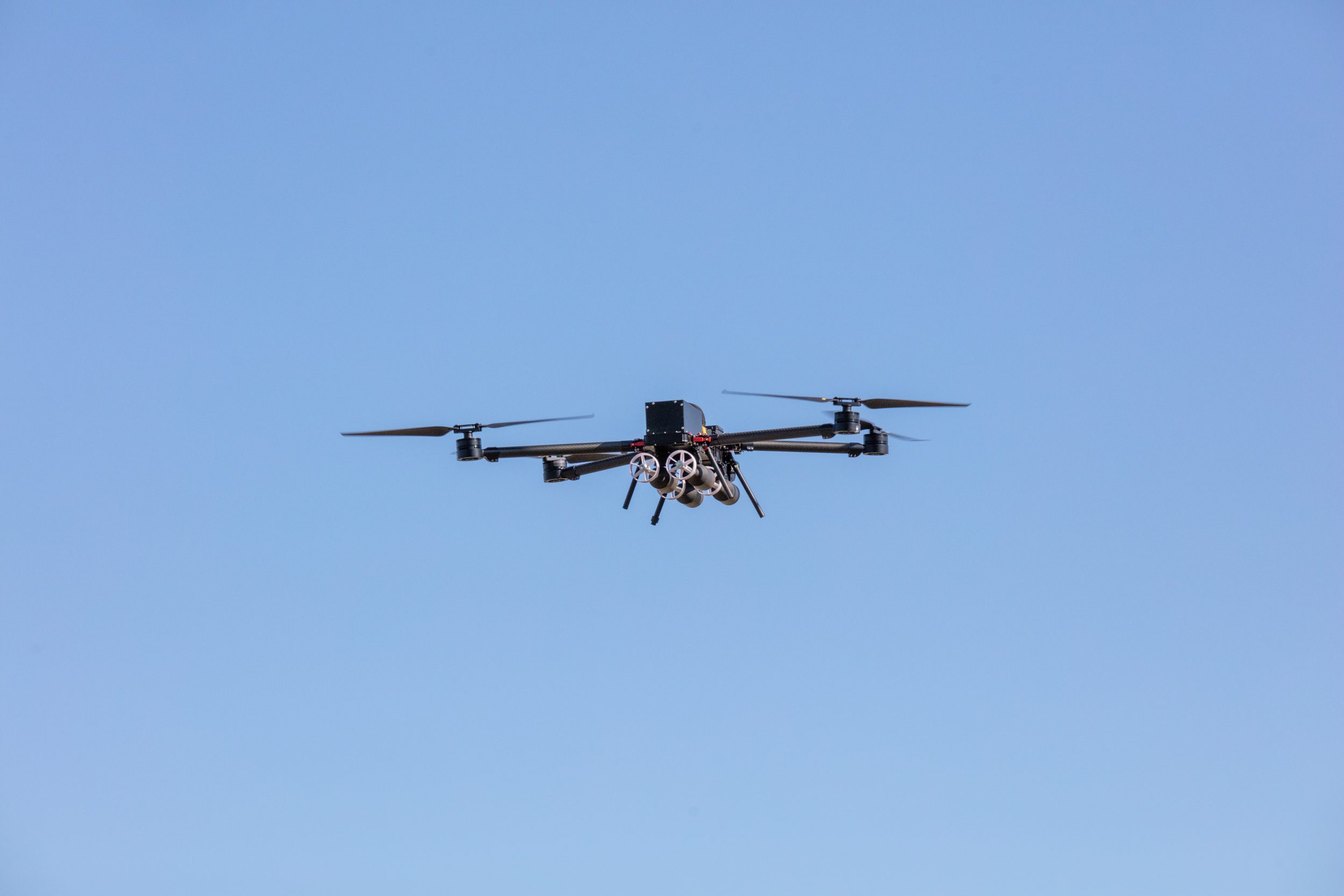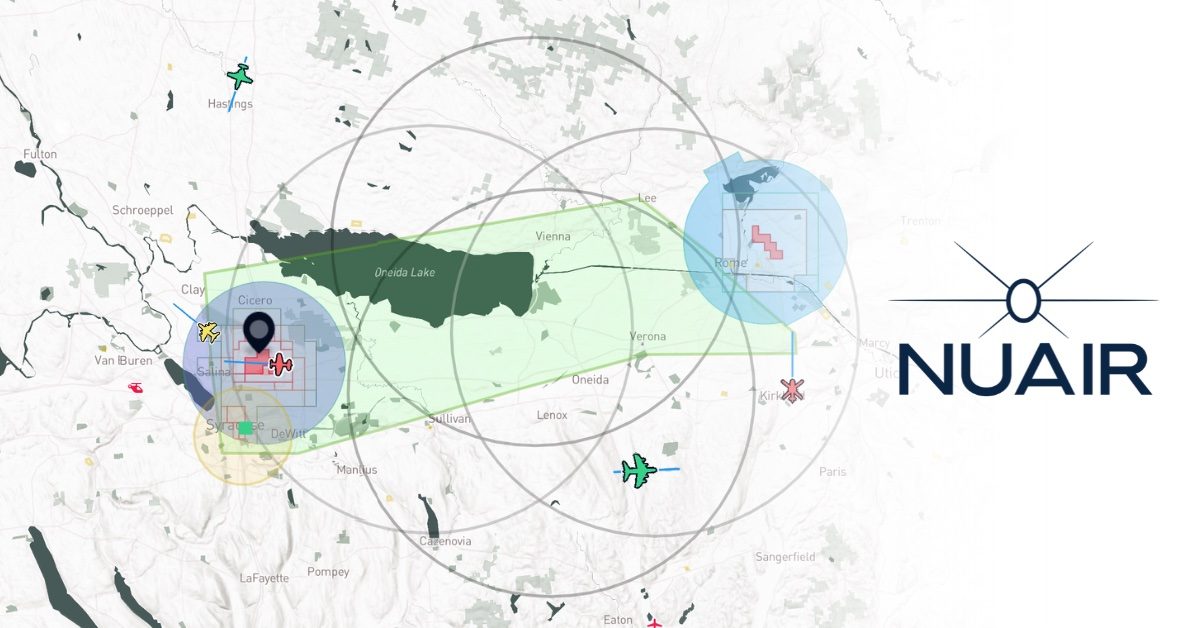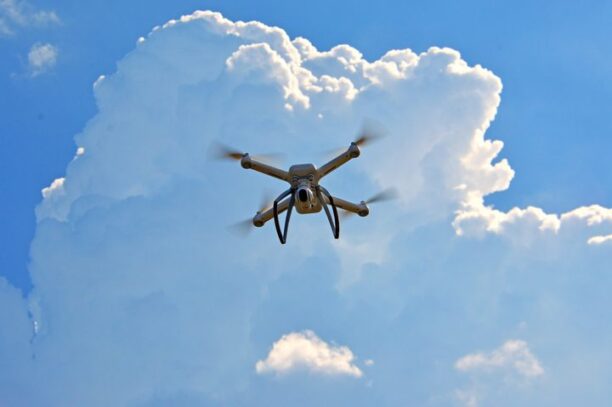
[ad_1]
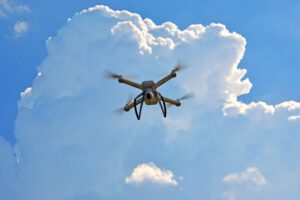
picture: public area
GAO Urges FAA and DHS to Improve Assist and Develop Community-Based mostly Options for Efficient Drone Identification and Security Compliance
By DRONELIFE Options Editor Jim Magill
In a report issued by the U.S. Authorities Accountability Workplace (GAO), the company discovered that the FAA and the Division of Homeland Safety must do extra to make sure that FAA’s rules requiring distant identification for drones accomplish the targets of serving to regulation enforcement businesses fight unsafe drone operations, and of paving the way in which for the complete integration of drone visitors into U.S. airspace.
The report, which the GAO compiled after a few yr of research, discovered that the FAA “has restricted assets to help tribal, state, and native regulation enforcement,” in using distant ID know-how to rapidly establish drone operators which might be flying in an unsafe method.
It additionally acknowledged that regardless of FAA’s promise that Distant ID know-how would assist usher in an period of superior aerial operations, “business drone stakeholders advised GAO {that a} broadcast-based sign will not be enough for offering real-time, networked knowledge about drone location and standing as wanted for superior operations.”
The FAA’s Distant ID regulation, which gives a “digital license plate” for drones, requires all UAVs weighing over 250 grams to broadcast figuring out and positional info whereas in flight. Operators have the choice of flying drones which have the Distant ID software program already put in or of attaching a separate Distant ID module to their drone.
Though the FAA had initially set a deadline of final September for the regulation to enter full impact, the company granted a interval of discretionary enforcement of the regulation till March 16, 2024 to provide producers and operators extra time to get in compliance.
Distant ID not helpful for native regulation enforcement
The Distant ID regulation is designed partially to offer non-federal regulation enforcement businesses with real-time identification, location, and efficiency knowledge on drones which might be being flown in an unlawful or unsafe method. Nonetheless, based on the report, “tribal, state, and native regulation enforcement businesses GAO contacted had little information of Distant ID or the way it might be used of their investigations.”
At the moment, entry to FAA’s drone database of Distant ID registration info is extraordinarily restricted. For instance, on the federal stage, entry is offered to the FBI and to FAA’s Legislation Enforcement Help Program (LEAP) brokers, who’re answerable for helping federal, tribal, state, and native regulation enforcement businesses on aviation-related public issues of safety.
Nonetheless, getting that info to the native regulation enforcement businesses on the bottom in time for them to behave on a real-life state of affairs, similar to a drone flying in an unsafe method above a crowded soccer stadium, is subsequent to inconceivable underneath the present system.
“FAA officers mentioned that the LEAP agent is the first level of contact for regulation enforcement,” based on the report. “As of January 2024, there have been 25 LEAP brokers nationwide with obligations that additionally embrace helping with and coordinating investigations of drug interdictions or aviation smuggling.”
The FAA had advised the GAO that the everyday time it takes for a LEAP agent to answer a neighborhood regulation enforcement company’s request for drone registration knowledge is 48 hours.
“FAA is creating an interface to offer drone registration info from Distant ID to regulation enforcement however doesn’t have a plan or timeline for releasing it,” the GAO report states. As well as, the Division of Homeland Safety (DHS) is creating an software for regulation enforcement to hyperlink to FAA’s interface, “however DHS equally doesn’t have a plan or timeline for the trouble.”
Industrial drone operators complain about Distant ID’s limitations
Because it was getting ready the ultimate Distant ID rule, FAA heard from drone trade gamers who advocated for the creation of a network-based system, similar to one which relied on mobile community alerts, “as a foundational piece for enabling extra superior operations.” Nonetheless, citing cyber-security issues related to network-based techniques, the FAA restricted the ultimate Distant ID rule to a broadcast-based system, which relied on Wi-Fi or Bluetooth to transmit knowledge.
Drone trade stakeholders complained to the GAO that limiting the Distant ID to a broadcast system created limitations, together with the restricted vary of broadcast alerts, in contrast with a extra sturdy network-based system. The FAA has mentioned it will depend on the drone trade “to proceed creating network-based applied sciences that will enable for integrating superior drone operations.”
Nonetheless, trade gamers have balked at having to include each forms of Distant ID techniques aboard their drones, citing points similar to elevated weight and sign interference.
The FAA Reauthorization Act of 2024, which President Biden signed into regulation final month, addresses this concern by requiring the FAA “to find out whether or not different technique of compliance, similar to network-based Distant ID, would fulfill the intent of the Distant ID last rule,” the report states.
The report makes 4 suggestions — three directed to the FAA and one to DHS — to handle the shortcomings it discovered within the implementation of the Distant ID rule. It states that the administrator of FAA ought to:
- Develop assets to assist tribal, state, and native regulation enforcement use Distant ID.
- Develop a plan and timeline for deploying FAA’s interface in collaboration with DHS and [the Department of Justice].
- Determine a path ahead for methods to present real-time, networked knowledge in regards to the location and standing of drones. This might embrace figuring out and assessing short-term and long-term choices and clarifying roles and obligations.
The GAO additionally really helpful that the Secretary of Homeland Safety ought to develop a plan and timeline for deploying its Distant ID app in collaboration with the FAA and DOJ.
In a letter to the GAO in response to the report, Philip A. McNamara, the Transportation Division’s assistant secretary for administration, mentioned his division concurred with the three suggestions pertaining to FAA. A DHS official despatched a response concurring with the one suggestion pertaining to his division.
The FAA and DHS can have 180 days detailing the actions they plan to take to answer the GAO’s suggestion mentioned Heather Krause, director with GAO’s Bodily Infrastructure staff
“We proceed to comply with up, as we do with all of our suggestions to get a way as to when these suggestions will likely be addressed, Krause mentioned. The GAO will proceed to verify in with the 2 businesses on an annual foundation to make sure that they’re following the report’s suggestions, she mentioned.
Learn extra:

 Jim Magill is a Houston-based author with nearly a quarter-century of expertise masking technical and financial developments within the oil and fuel trade. After retiring in December 2019 as a senior editor with S&P International Platts, Jim started writing about rising applied sciences, similar to synthetic intelligence, robots and drones, and the methods by which they’re contributing to our society. Along with DroneLife, Jim is a contributor to Forbes.com and his work has appeared within the Houston Chronicle, U.S. Information & World Report, and Unmanned Techniques, a publication of the Affiliation for Unmanned Car Techniques Worldwide.
Jim Magill is a Houston-based author with nearly a quarter-century of expertise masking technical and financial developments within the oil and fuel trade. After retiring in December 2019 as a senior editor with S&P International Platts, Jim started writing about rising applied sciences, similar to synthetic intelligence, robots and drones, and the methods by which they’re contributing to our society. Along with DroneLife, Jim is a contributor to Forbes.com and his work has appeared within the Houston Chronicle, U.S. Information & World Report, and Unmanned Techniques, a publication of the Affiliation for Unmanned Car Techniques Worldwide.
[ad_2]
Supply hyperlink




